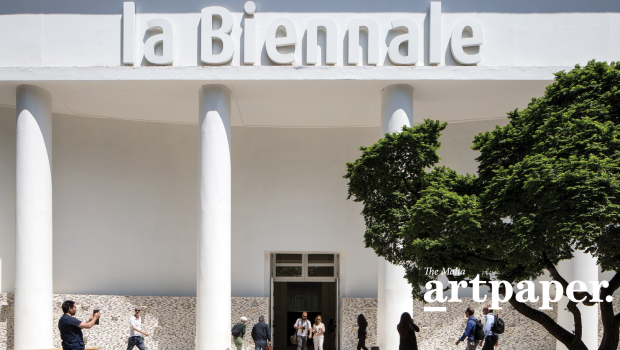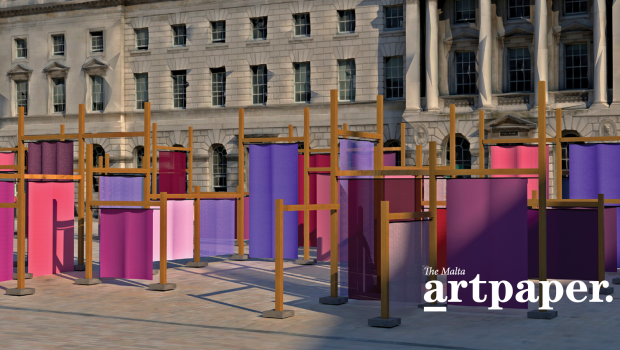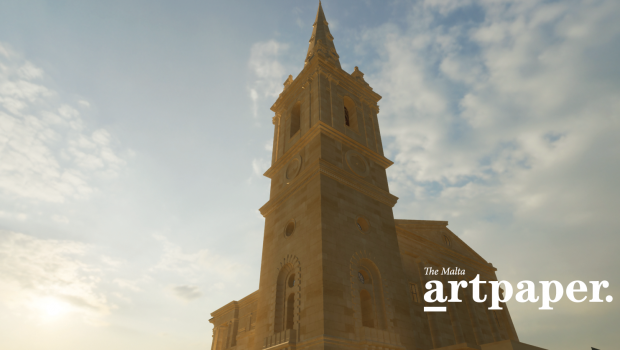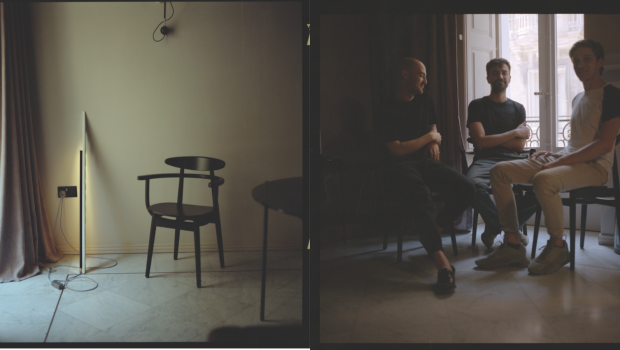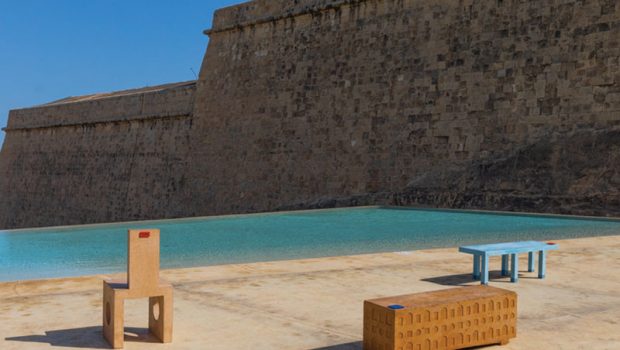Towards a truly sustainable approach to built heritage: Leonora Carrington’s lesson
The magical world generated by Leonora Carrington over half a century ago in The Milk of Dreams, the 59th Venice Art Biennale title, offers a great perspective on the importance of imagination; in the personal sphere as much as in both artistic and scientific disciplines. Architecture, being at the crossroad of the two, can certainly borrow a lot from this notion of the world, in which “life is constantly re-envisioned through the prism of the imagination, where everyone can change, be transformed, become something or someone else”, as the principal curator Cecilia Alemani wrote.

Like every other activity, the practice of architecture can be carried out in many ways, but none more ideal than that which is aware of the value of many diverse elements, from memory to innovation, from aesthetics to function, combining them with rigour and originality in order to contribute to social and urban transformations in a meaningful way. The complex magic that is required to combine all the elements so that they will produce a just, healthy and beautiful built environment would not work without a copious amount of imagination, to the extent that one could simply switch the word ‘life’ with ‘built environment’ in the curator’s statement, and find the key to a genuinely sustainable approach to the latter. Isn’t our role as architects to constantly re-envision the built environment through the prism of the imagination? Now more than ever.
The main crises that we are currently facing, namely the Ukrainian war, the Covid-19 emergency and the climate change threat before that, are a severe reminder of how crucial the use of imagination is, on many different levels, to be able to adapt and survive. Architecture, being so entangled with both the ordinary, the everyday life, and the extraordinary, the moment of crisis, is at the forefront of it. The swift transformations of structures, even heritage structures, required by the pandemic and by the most recent humanitarian crisis, and several projects of retrofitting and regeneration which replace demolition with clever dismantling and recycling of precious materials, are just a few of the many examples of imaginative adaptation steered by these moments of unprecedented global change.
Valletta itself can be considered as a case study of great imaginative adaptation throughout the centuries. Its metamorphosis from a military fortress, a bulwark of Christianity, to a thriving business centre open to the Mediterranean, and its more recent transition from British colony outpost to capital of a young, independent state, generated a dynamic setting, perfect for the testing of new ideas.
In contrast with some manicured, museum-style historical centres of continental Europe, Valletta strives to retain its character as a laboratory in which opportunities for change and exchange find tangible expressions. In line with its history as a symbol and melting pot of Mediterranean identities, the city must continue to aspire to evolve, to react to complex challenges such as climate change, parasitic touristic trends and superficial consumerism, while guaranteeing its distinctive resourcefulness and cultural and social richness.
By following the indication of Leonora Carrington on the importance of imagination, respect and integrity, Valletta could embark on a new journey leading to the exploration of different modes of coexistence, innovative yet faithful to the character of the city – and more aware of its citizens’ responsibilities towards the planet, other people, and other life forms, which sit at the core of “The Milk of Dreams”.
In the words of Kozo Kadowaki, curator of the Japanese pavilion at the Venice Architecture Biennale 2021, “your actions are not yours alone. Any act, however trivial, sits atop an accumulation of countless acts that arose from your interactions with someone else. Therefore it can never be said that what you do belongs solely to you.” This mantra complements the theme of the exhibition as a timely reminder while auguring well for a world in constant evolution and renewal.

